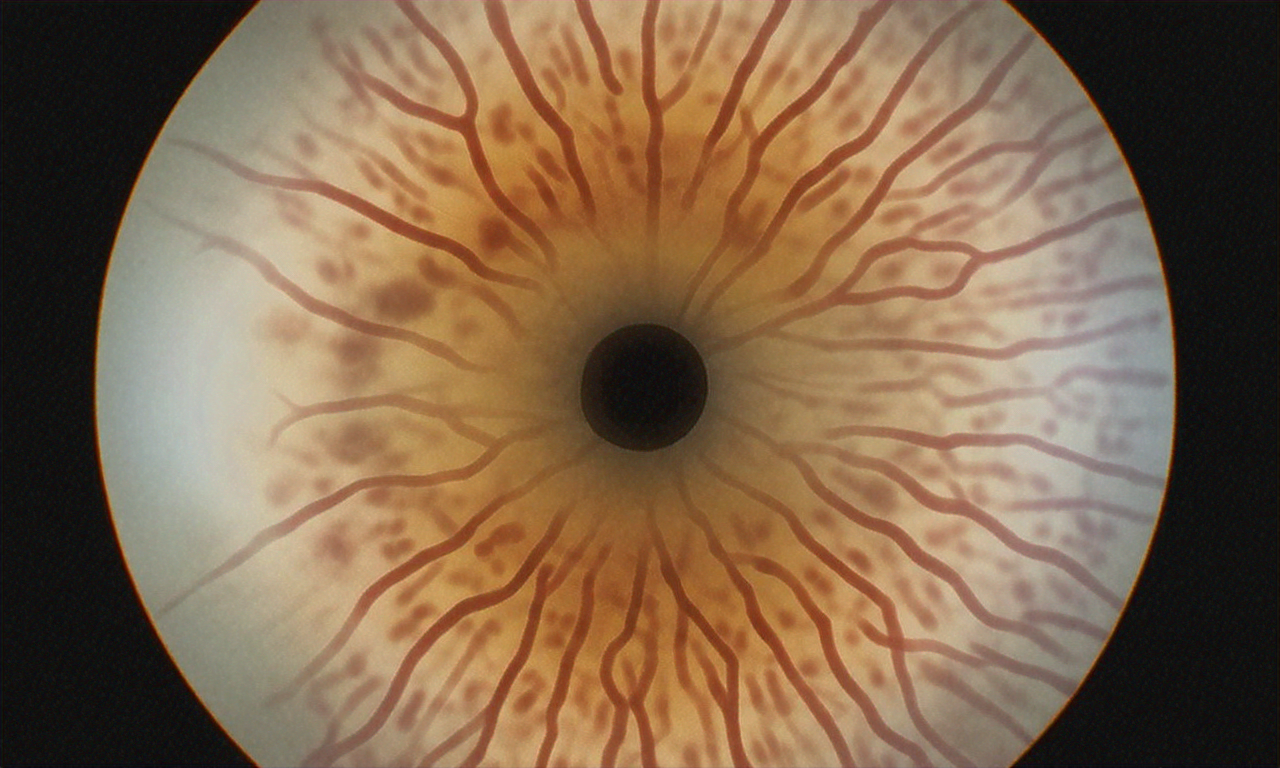Top Options and Treatments for Wet Age-Related Macular Degeneration (AMD)
Wet age-related macular degeneration (AMD) is a leading cause of vision loss among older adults, characterized by the growth of abnormal blood vessels under the retina, leading to central vision impairment. Advancements in medical treatments have significantly improved the prognosis for individuals with wet AMD. This article explores the most effective drugs and treatments available, incorporating reviews, citations, and answers to frequently asked questions.

Breakthrough Treatments for Macular Degeneration: What You Need to Know
Age-related macular degeneration (AMD) is a leading cause of vision loss among older adults. As the population ages, researchers are working tirelessly to develop innovative treatments to combat this debilitating condition. Recent advancements in anti-VEGF therapy, gene therapy, and port delivery systems offer new hope for those affected by macular degeneration. This article explores these cutting-edge treatments and their potential impact on patients’ lives.
Understanding Anti-VEGF Therapy
Anti-VEGF therapy has revolutionized the treatment of wet AMD, the more severe form of the disease. VEGF, or vascular endothelial growth factor, is a protein that promotes the growth of abnormal blood vessels in the retina. By inhibiting VEGF, these treatments can slow or even halt the progression of vision loss.
Current anti-VEGF medications include ranibizumab (Lucentis), aflibercept (Eylea), and brolucizumab (Beovu). These drugs are administered through regular eye injections, typically every 4-12 weeks. While effective, the frequent injections can be burdensome for patients and healthcare providers alike.
Emerging Treatments: Beyond Traditional Anti-VEGF
Researchers are exploring new ways to enhance the efficacy and duration of anti-VEGF treatments. One promising approach is the development of longer-lasting formulations. For example, faricimab (Vabysmo) is a bispecific antibody that targets both VEGF and angiopoietin-2, potentially allowing for less frequent injections.
Another exciting development is the use of combination therapies. By targeting multiple pathways involved in AMD progression, these treatments may offer better outcomes than single-agent approaches. Ongoing clinical trials are investigating the potential of combining anti-VEGF drugs with other medications, such as complement inhibitors or anti-inflammatory agents.
The Promise of Gene Therapy
Gene therapy represents a paradigm shift in the treatment of macular degeneration. This approach aims to modify the genetic makeup of retinal cells to produce therapeutic proteins continuously. One promising candidate is RGX-314, which uses a viral vector to deliver a gene that produces an anti-VEGF protein.
Early clinical trials of RGX-314 have shown encouraging results, with some patients experiencing improved vision and reduced need for anti-VEGF injections. If successful, gene therapy could offer a one-time treatment that provides long-lasting benefits, significantly reducing the burden of frequent injections.
Port Delivery Systems: A Game-Changing Approach
Port delivery systems (PDS) represent an innovative solution to the challenge of frequent anti-VEGF injections. These implantable devices are designed to store and slowly release medication over an extended period, potentially reducing the need for regular office visits and injections.
The Susvimo implant, developed by Genentech, is the first FDA-approved PDS for wet AMD. This tiny device is surgically implanted in the eye and can be refilled with ranibizumab every six months. Early studies have shown that Susvimo can maintain vision improvements comparable to monthly injections while significantly reducing the treatment burden.
Advancements in Dry AMD Treatment
While much progress has been made in treating wet AMD, dry AMD remains a significant challenge. However, recent research has yielded promising results in this area as well. Complement inhibitors, such as pegcetacoplan and avacincaptad pegol, are showing potential in slowing the progression of geographic atrophy, an advanced form of dry AMD.
Stem cell therapy is another avenue being explored for dry AMD. Clinical trials are underway to evaluate the safety and efficacy of transplanting retinal pigment epithelial cells derived from stem cells to replace damaged tissue in the macula.
The Future of Macular Degeneration Treatment
The landscape of macular degeneration treatment is rapidly evolving, with several exciting developments on the horizon. Researchers are exploring novel drug delivery methods, such as sustained-release eye drops and biodegradable implants, which could further reduce the treatment burden for patients.
Artificial intelligence is also playing an increasing role in AMD management. Machine learning algorithms are being developed to analyze retinal images and predict disease progression, potentially allowing for earlier intervention and personalized treatment strategies.
As these innovative treatments continue to advance, it’s crucial for patients and healthcare providers to stay informed about the latest developments. While current treatments have already improved outcomes for many AMD patients, the future holds even greater promise for preserving and restoring vision in those affected by this challenging condition.
Disclaimer: This article is for informational purposes only and should not be considered medical advice. Please consult a qualified healthcare professional for personalized guidance and treatment.
The shared information of this generated article is up-to-date as of the publishing date. For more up-to-date information, please conduct own research.




